Fall Repairs Could Retire Costly Brooklyn Supreme Courthouse Sidewalk Shed: City
After more than a decade of deterioration, the building’s facade will undergo repair starting this fall, according to the city.

The sidewalk shed wraps around the Brooklyn Supreme Court building. Photo by Susan De Vries
By Kirstyn Brendlen, Brooklyn Paper
If the sidewalk shed around the Brooklyn Supreme Courthouse in Downtown Brooklyn were human, it might not be in Brooklyn anymore, but off at college, studying prelaw or engineering.
That’s because it’s now 18 years old, having been erected around the 360 Adams Street courthouse in 2007. It’s seen five presidential administrations, three New York City mayors, and thousands of verdicts issued within its halls.
But the end is finally near, according to the city’s Department of Citywide Administrative Services. Almost two decades after inspectors found structural issues with the building’s facade and the scaffolding went up, repairs are expected to begin at the courthouse this fall.
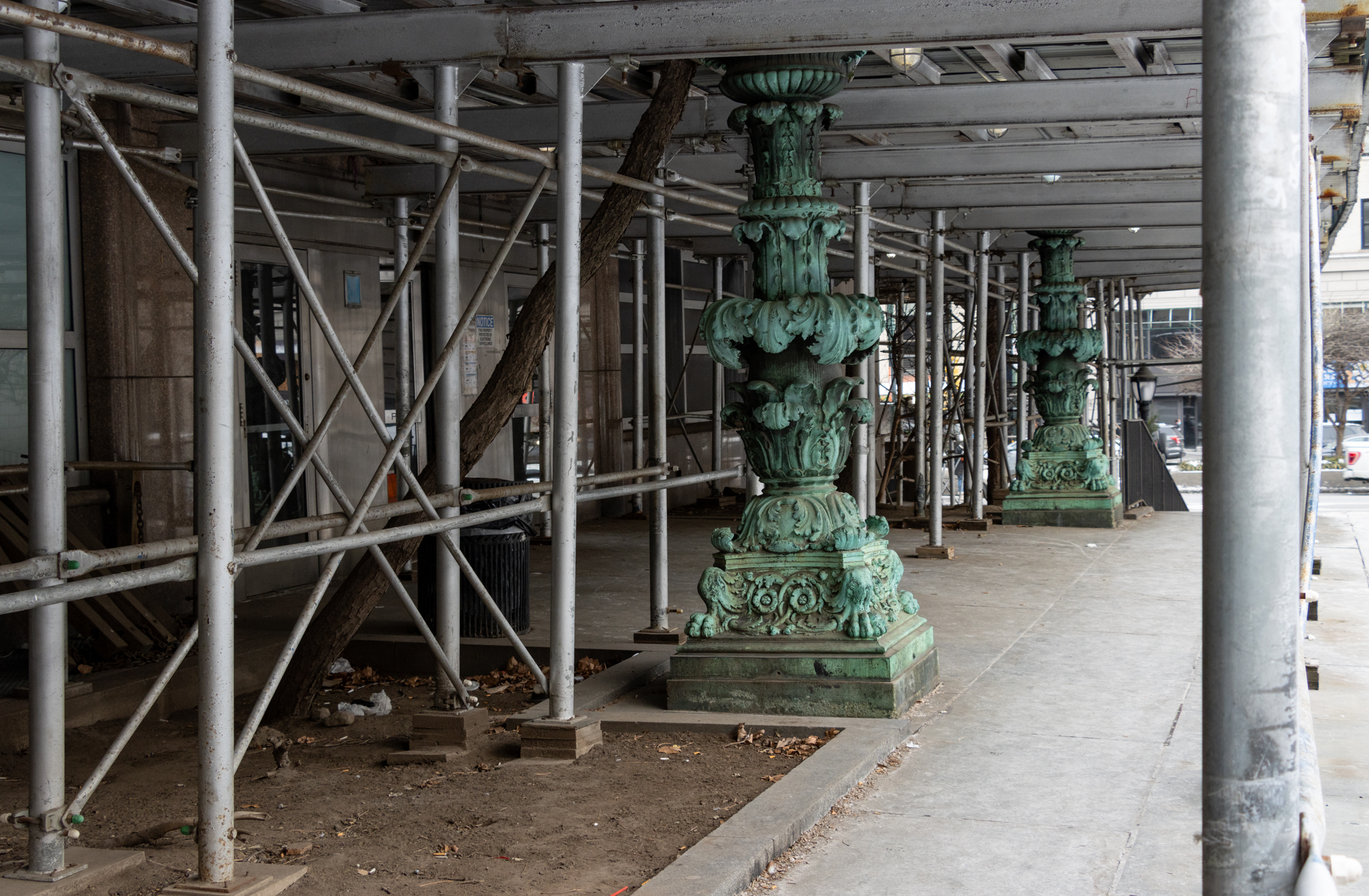
The department did not say how long the construction will last, but when it’s finished, the sheds should be too.
“Our goal is always to balance the safety of pedestrians with getting sheds down on our projects as quickly as possible as resources allow,” said DCAS spokesperson Dan Kastanis.
The courthouse facade is badly damaged, according to documents filed with the Department of Buildings.
Its stone and concrete are cracked in several places, according to a 2022 inspection report, granite blocks have shifted out of place, and brick and mortar joints have deteriorated. Below the surface, some of its metal supports are corroded, thanks in part to moisture infiltration.
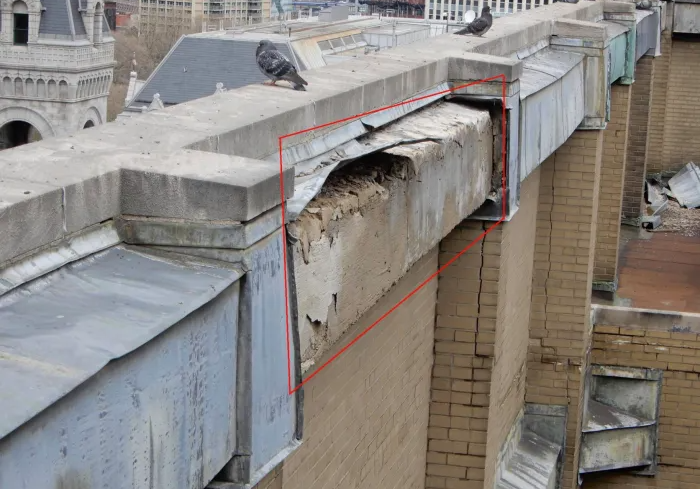
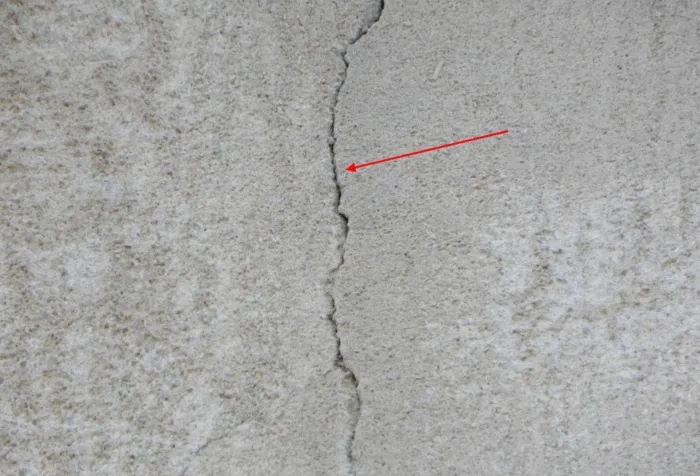
The inspections that found those issues were required by the city’s Local Law 11, which also mandates that sidewalk sheds be erected around buildings with unsafe facade conditions to protect passersby. The law was enacted after 17-year-old college student Grace Gold was killed by falling masonry in Manhattan in 1979.
Sheds are supposed to stay up until repairs are made, which, by law, should be as soon as possible.
Often, though, as is the case at 360 Adams Street, repairs are delayed, and sidewalk sheds stay up for years, costing taxpayers hundreds of thousands of dollars.
The city pays $53,000 per year to maintain the courthouse shed, Kastanis said. That’s roughly the same as it cost in 2019, Brooklyn Paper reported at the time, though the price had risen to $67,620 in 2023 after additional sheds were added to address “unsafe conditions.” Altogether, the scaffolding has cost taxpayers just north of $1 million.
The courthouse has also received multiple citations regarding the sheds and the lack of repairs.
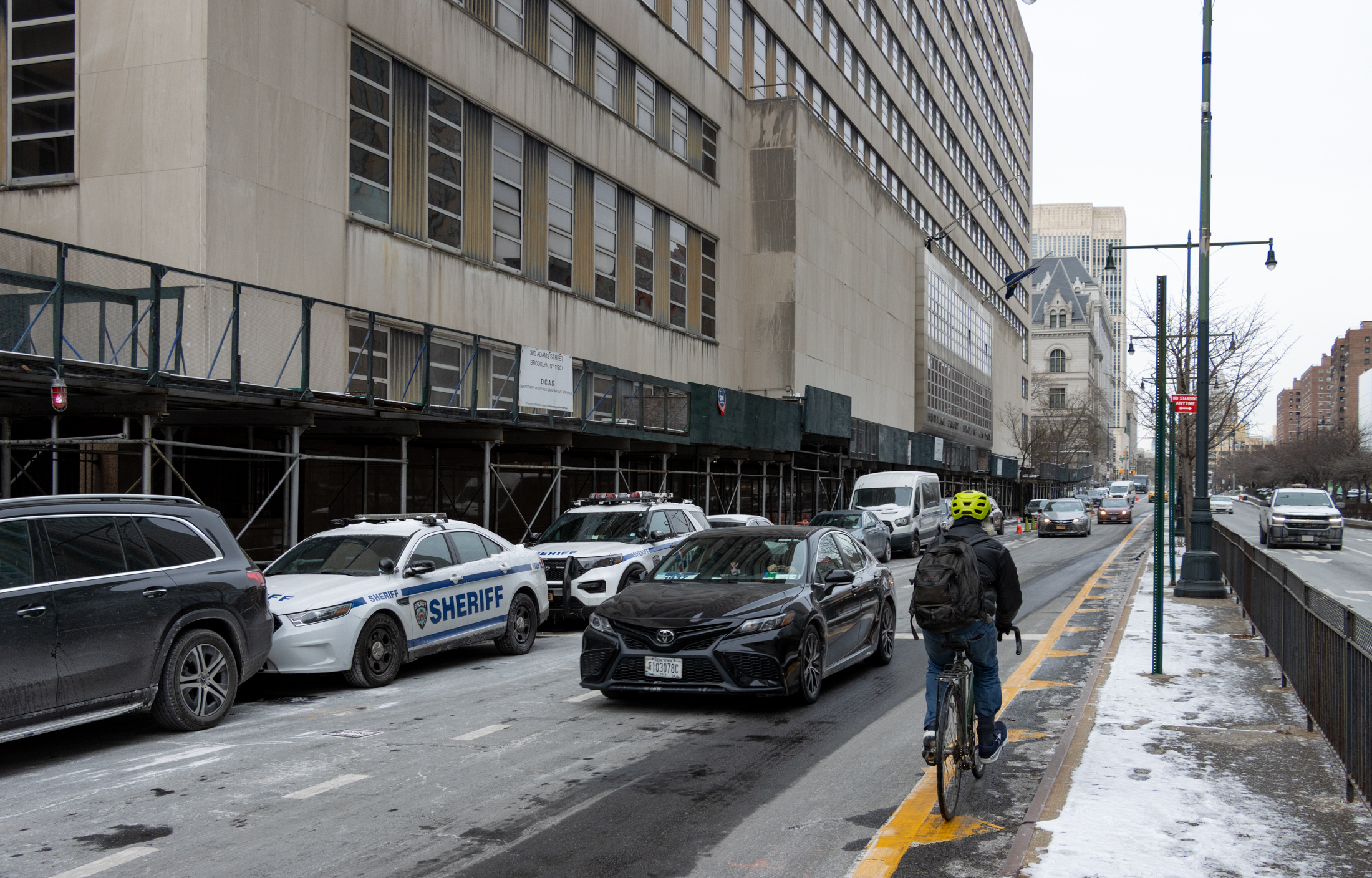
In 2023, DCAS was hit with a $2,500 DOB citation for “failure to maintain building facade and exterior walls.” Last January, it received a $1,250 violation for failing to file a report indicating it had made necessary facade repairs. In July 2024, it was fined $1,250 for an expired sidewalk shed permit.
All of those charges were “adjusted” down, records show, and DCAS did not pay any of the fines.
Aging sidewalk sheds cover the city, despite pols’ best efforts
Years-old sidewalk sheds are endemic in New York City.
As of February 18, there were 2.3 million linear feet of sidewalk sheds across the five boroughs, according to city data, with an average age of a year and three months.
Some city officials are sick of the scaffolding. In 2023, Mayor Eric Adams announced “Get Sheds Down,” a plan to remove sheds faster by incentivizing repairs and removing sheds with expired permits.
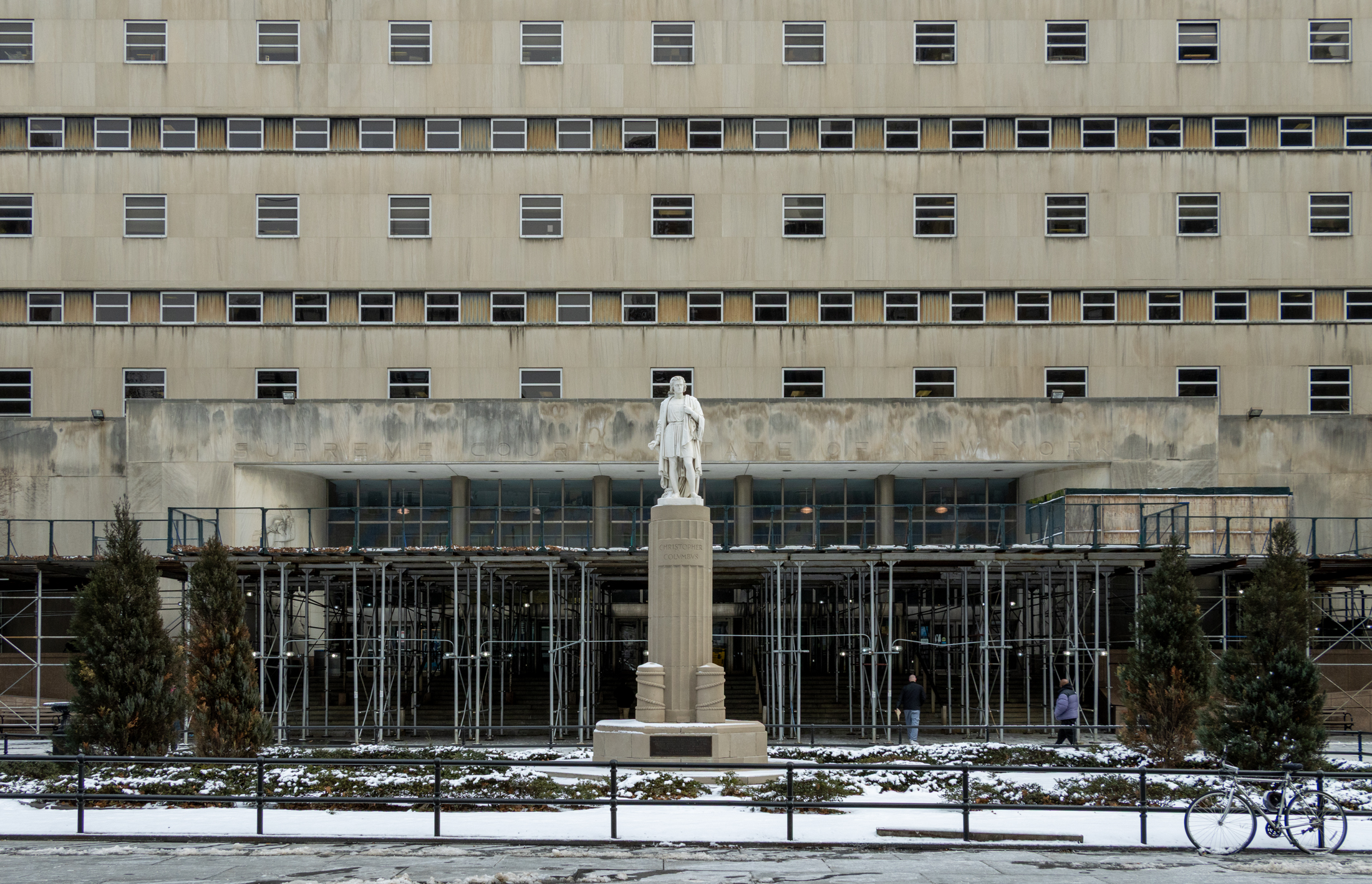
“When owners leave up a gloomy pipe and plywood shed for years, while repair work stagnates, they create a tangible negative impact affecting the whole block,” then-DOB commissioner Jimmy Oddo said at the time.
By the summer of 2024, the city had removed 173 miles of sidewalk sheds, according to the mayor’s office, including 259 sheds that had been standing for more than five years. At the same time, the DOB launched a “comprehensive review” of Local Law 11 alongside engineering firm Thornton Tomasetti.
Other pols are taking up the fight, too. In 2023, Manhattan council member Keith Powers introduced legislation to overhaul sidewalk shed regulations by changing inspection timelines, altering sidewalk shed designs, and forcing building owners to immediately begin repairs on damaged exterior walls.
While the bills were fairly popular, and were cosponsored by more than a dozen of Powers’ colleagues, they did not pass the council that year. He plans to introduce them again in 2025, according to the New York Post.

Council Member Lincoln Restler, who represents the Downtown Brooklyn courthouse and cosponsored Powers’ original bills, said he is “proud” to sign onto the bills again and hopes they are passed this year.
“It’s shameful and embarrassing that scaffolding has been up at this courthouse for 18 years,” he told Brooklyn Paper. “There are students in college who weren’t even born when this scaffolding was erected. The scaffolding is more than an eyesore — it undermines our safety.”
Restler said he has been working to get the courthouse repairs funded since he entered the council, and is “eager” for construction to begin. The city has committed to taking down the scaffolding in sections as the repairs progress, he added.
Editor’s note: A version of this story originally ran in Brooklyn Paper. Click here to see the original story.
[Photos by Susan De Vries unless noted otherwise]
Related Stories
- After 16 Years, Scaffolding Remains in Place Around Brooklyn Supreme Court House
- Restoration of Historic Lott House Interiors to Kick Off Next Year
- Red Hook’s Pioneer Works Reopens After $12 Million Update
Email tips@brownstoner.com with further comments, questions or tips. Follow Brownstoner on X and Instagram, and like us on Facebook.


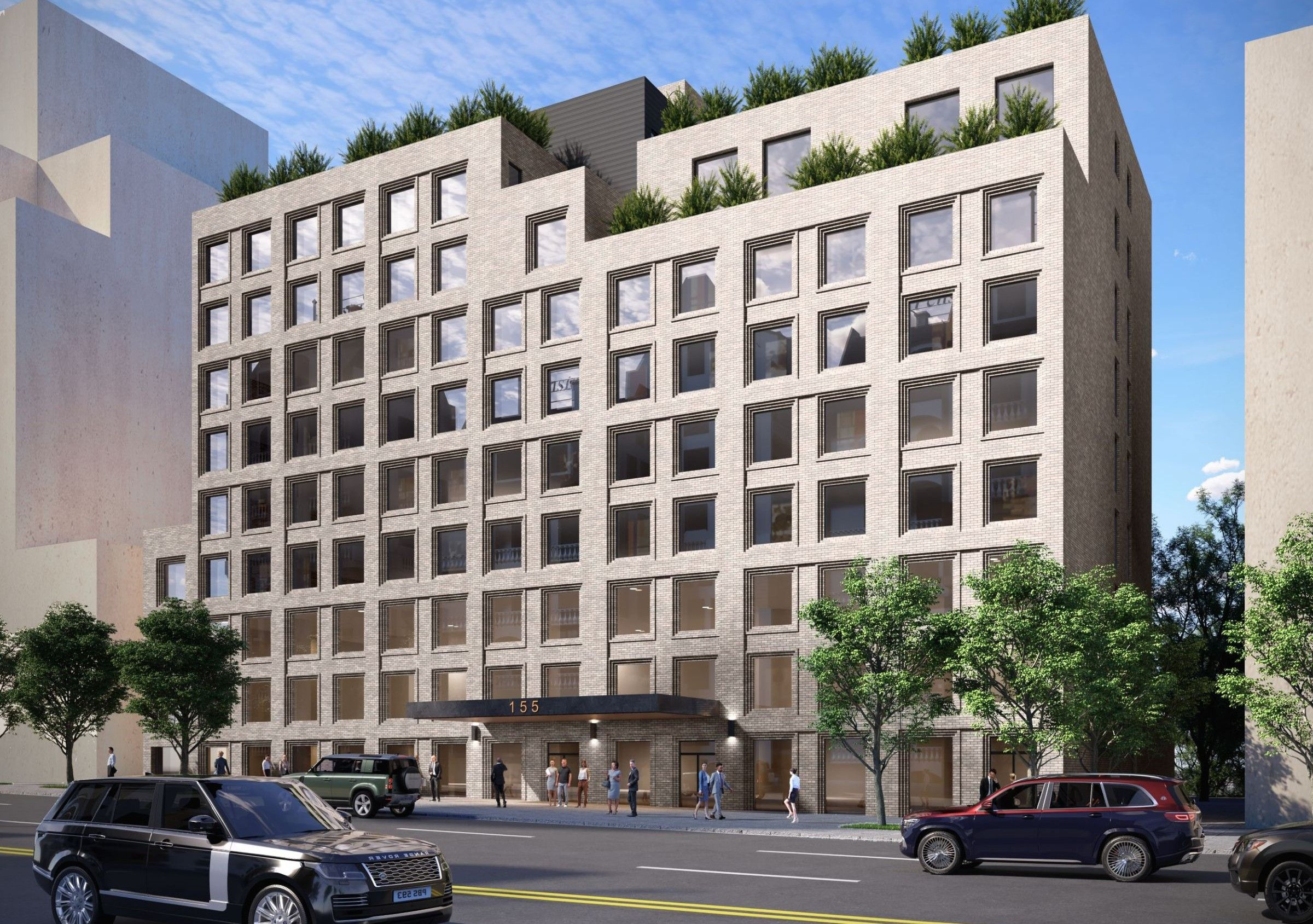
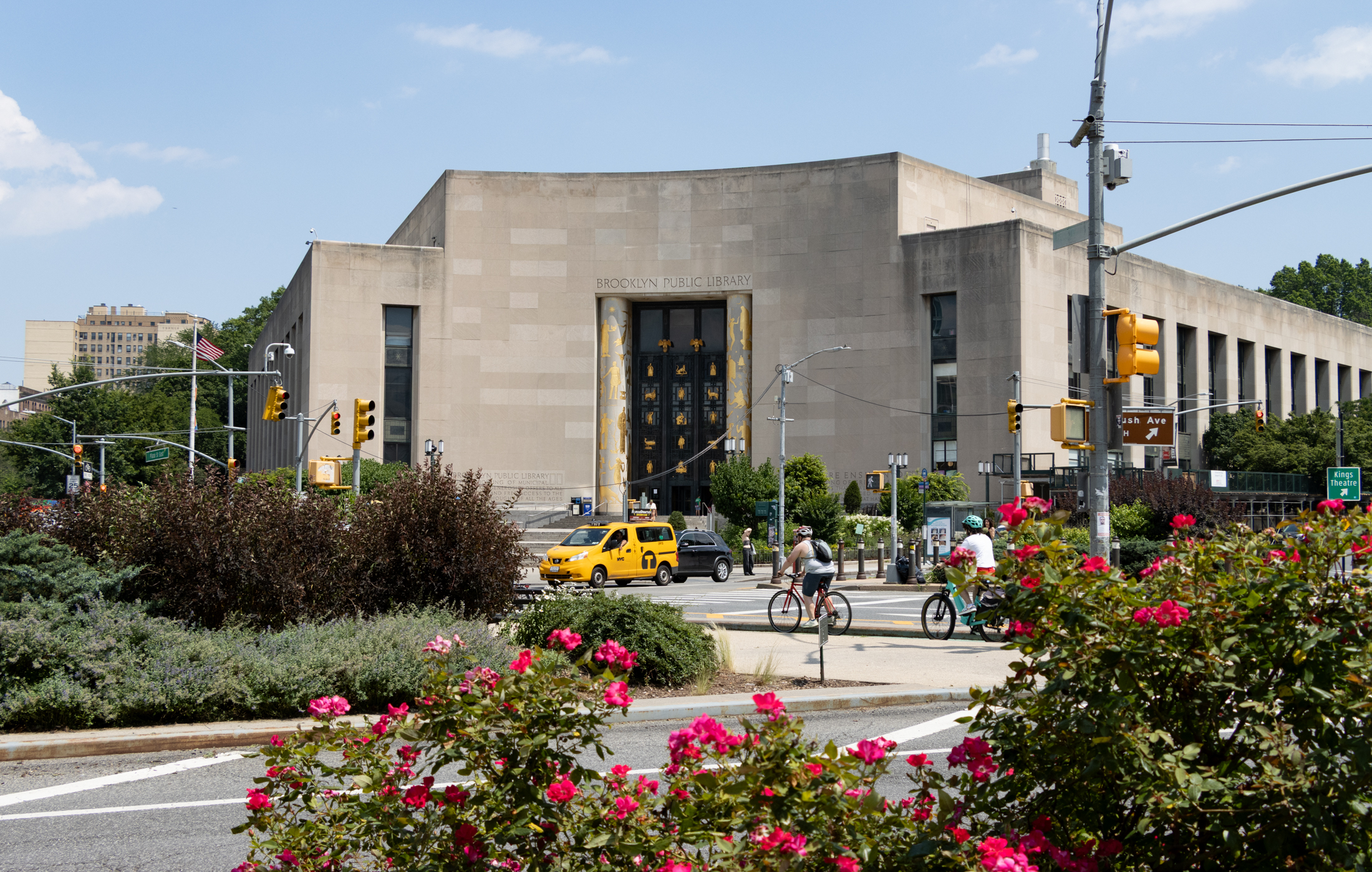
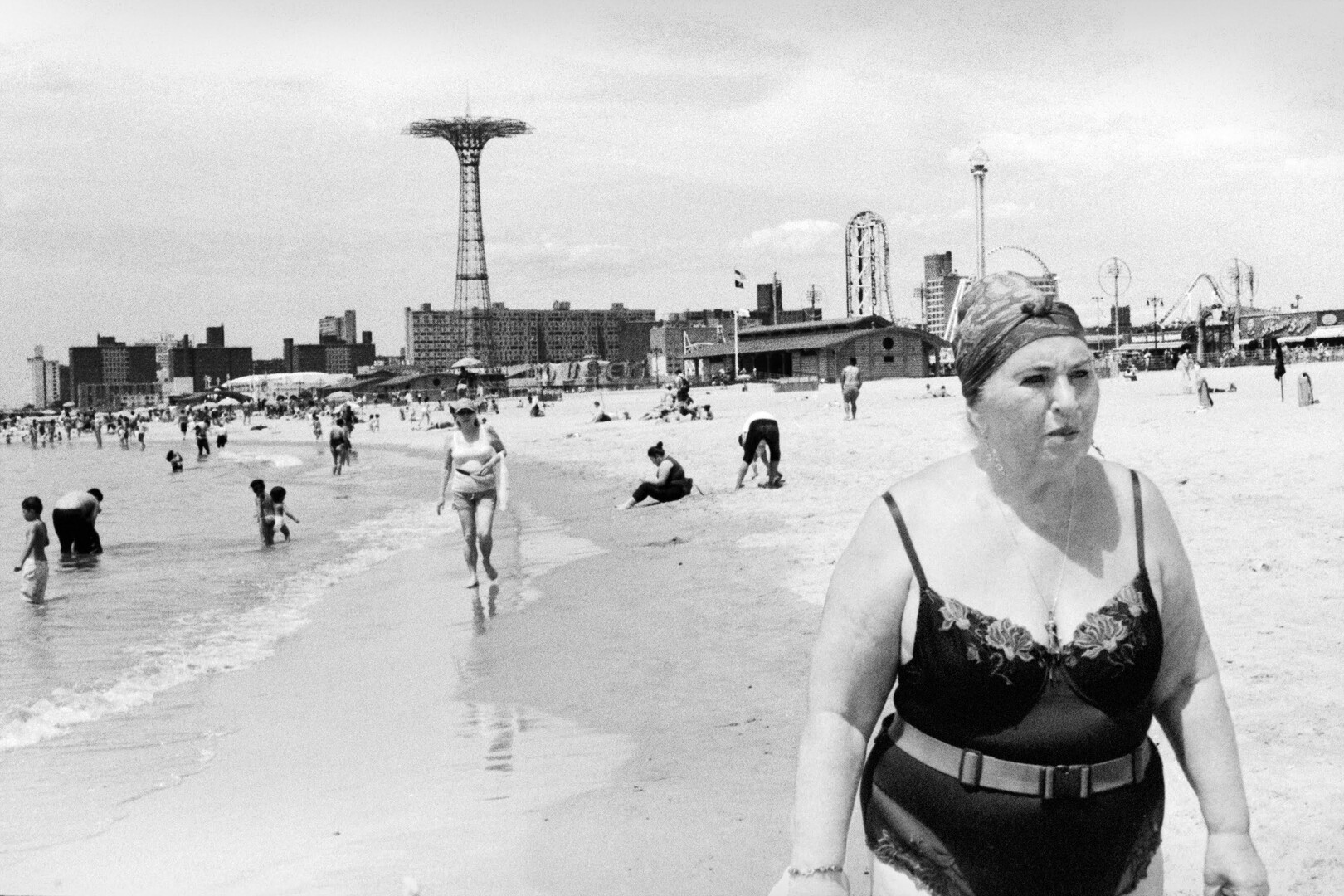
What's Your Take? Leave a Comment